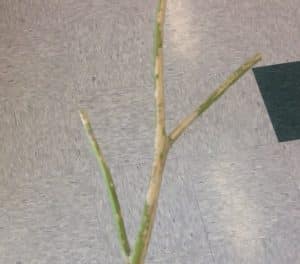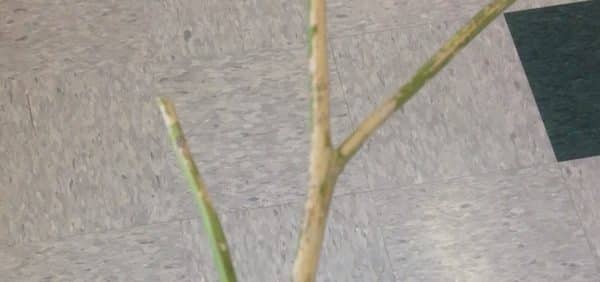
Diamondback moth larvae and grasshoppers have been reported, but so far nothing of widespread significance. Bertha armyworm adult traps are coming down with very little in the way of hotspots. Three locations in Alberta reached the medium risk threshold of 300 per trap. All others were low. Saskatchewan had one larger area right along the U.S. border straight south of Moose Jaw where traps counts exceeded 300. As of yesterday, the highest trap count in Manitoba was 264 at Darlingford.
The key with bertha armyworm and all insects is that hotspots can be small — just a field, or part of a field. So while the overall insect threat is low, a few fields may require spraying.
On spraying. Economic thresholds are the break even for a spray. Spraying at economic thresholds does not pay unless the insect threat seems to be growing. At thresholds, the better option is to wait and count again in a day or two. This will preserve the beneficial population, which has been working well on diamondback moth larvae, for example.
Bertha armyworm is one pest that can do a lot of damage in a short time. As Alberta Ag entomologist Scott Meers says, “If the action level is 20 per square metre and you find 17, look more closely to make sure you’re right.” More.
Link to economic thresholds for the six most commmon insects in canola.
